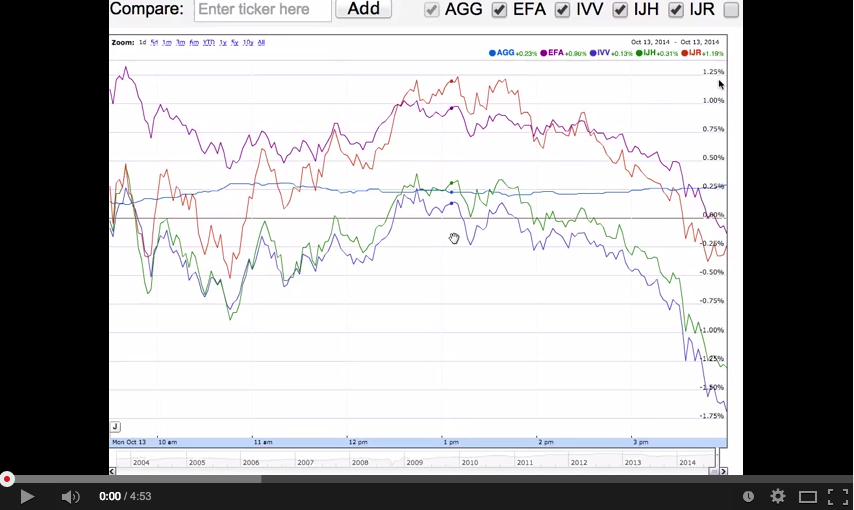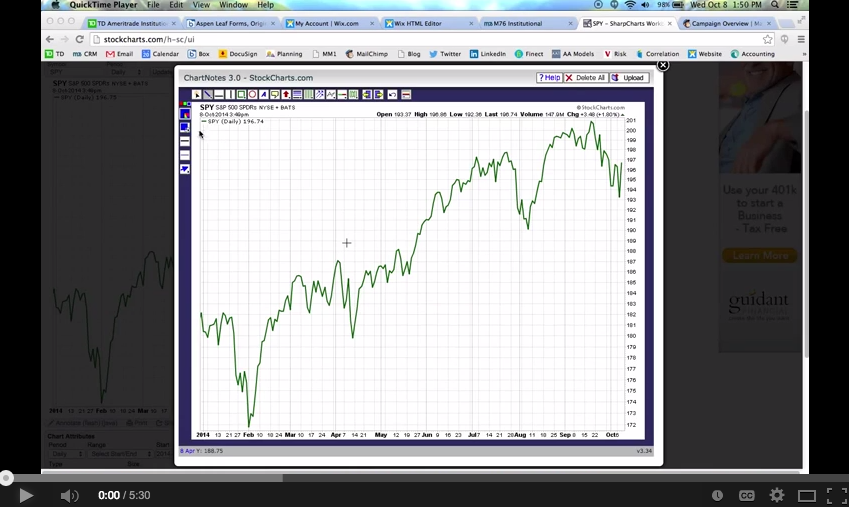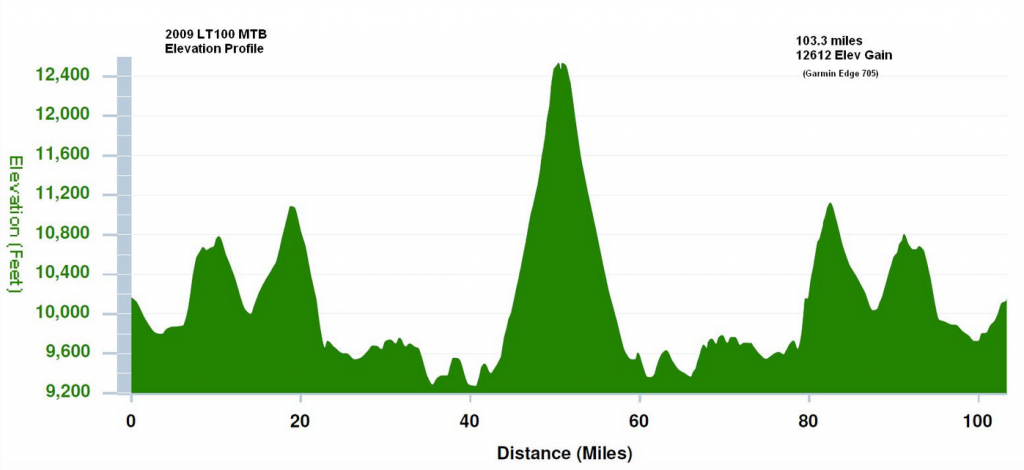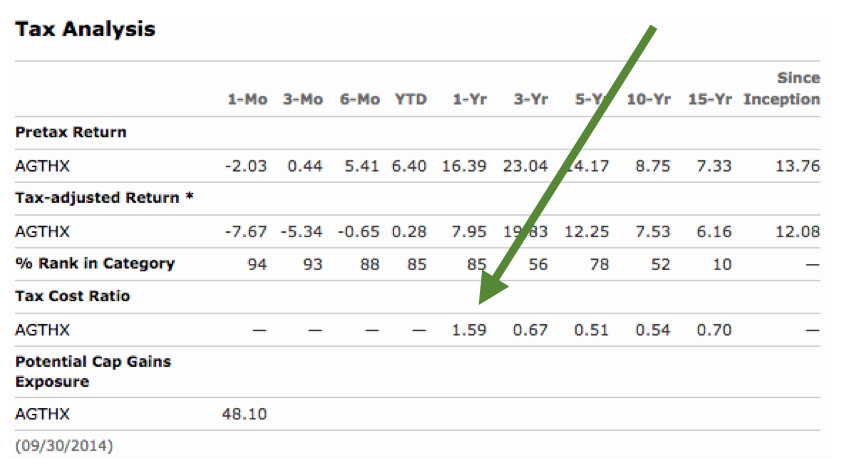Monday November 24, 2014
The Things I’m Thankful For
We’re all reminded this week to remember what good things in life we’re thankful for. Around the Thanksgiving table, people share things like their family, friends, income, experiences, house, health, and so on. I’ve made it a point (or at least tried) to thank you for your business, as well as the opportunity to earn your business since starting my newsletter and blog. I hope you feel I truly value whatever level of engagement we have. This will be a short post (we’re all preoccupied this week) as I clarify what business and financial thanks are most important to me.
The Profession of Financial Advice
This December will mark my 11th year working with clients explaining financial strategies I believe in. Each year that passes I find even more attraction to the field of personal finance. In 2014 I spent more time working on my own expertise than any other year. I’m thankful for a continued and compelling drive to be a better advisor. Additionally, thank you to capitalism for making stock markets work. And last, thank you to all my technology partners helping me deliver a better client experience.
My Negative Experiences In The Industry
This one may seem odd, but it’s valid and deserves an explanation. A few times in my career I’ve been humbled by my own ignorance and lack of foresight. I won’t go into detail (you’ll have to take me out drinking to get the full stories), but what’s important to know is the few bad experiences I’ve had have shaped who I am and how I behave today. Although extremely painful at the time, I’m thankful for those negative experiences as they’ve taught me the right way to behave and treat people, versus acting childish, petty, or selfishly for personal gain.
The People Who Believed In Me When I Struck Out On My Own
Most important is Melissa, my wife of almost 7 years.  Here’s the last photo taken of us before we got married. Despite a few faults as a companion, shortcomings in business, and lack of patience as a parent, she’s always supported me. I couldn’t have had the courage to leave a comfortable position with a big name brokerage company to try something better without her unwavering verbal and mental support. I also need to mention my parents, Bruce & Leanor (who some of you know), who were highly influential back when I started the company. Last, I’m very appreciative of the 30 clients who initially came to Aspen Leaf Partners from my old brokerage firm. I’ll never forget what one client said in a phone call he initiated to me a few days after I resigned. Andrew is still a client today, and since none of you know him it’s ok to repeat his words. “Greg, please tell me you’re still working as an advisor. I got a call from someone at your old office, and the person who called me really rubbed me the wrong way. Where are you now and how quickly can I move my money?” was what came out his mouth before I even had a chance to speak. Thanks to those 30 folks who believed in me (everyone is still with Aspen Leaf Partners minus one sweet old lady who passed away this summer), as well as all the new clients that have come on board since. You’re all very special in my heart, and I’m thankful to have relationships with each of you!
Here’s the last photo taken of us before we got married. Despite a few faults as a companion, shortcomings in business, and lack of patience as a parent, she’s always supported me. I couldn’t have had the courage to leave a comfortable position with a big name brokerage company to try something better without her unwavering verbal and mental support. I also need to mention my parents, Bruce & Leanor (who some of you know), who were highly influential back when I started the company. Last, I’m very appreciative of the 30 clients who initially came to Aspen Leaf Partners from my old brokerage firm. I’ll never forget what one client said in a phone call he initiated to me a few days after I resigned. Andrew is still a client today, and since none of you know him it’s ok to repeat his words. “Greg, please tell me you’re still working as an advisor. I got a call from someone at your old office, and the person who called me really rubbed me the wrong way. Where are you now and how quickly can I move my money?” was what came out his mouth before I even had a chance to speak. Thanks to those 30 folks who believed in me (everyone is still with Aspen Leaf Partners minus one sweet old lady who passed away this summer), as well as all the new clients that have come on board since. You’re all very special in my heart, and I’m thankful to have relationships with each of you!
I hope y’all (sorry, I just returned from Texas 36 hours ago) have a fantastic week celebrating with the special folks in your life. Know that at my dinner table I’ll be speaking about how important you are to my company as well as me personally.
Thank you,
Greg Lessard, CRPC®
Founder & President




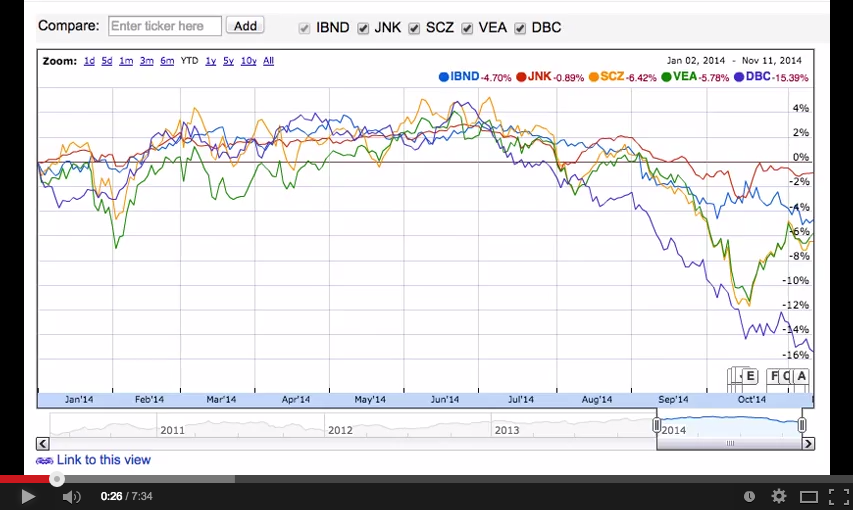
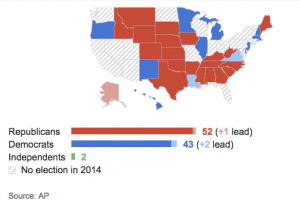
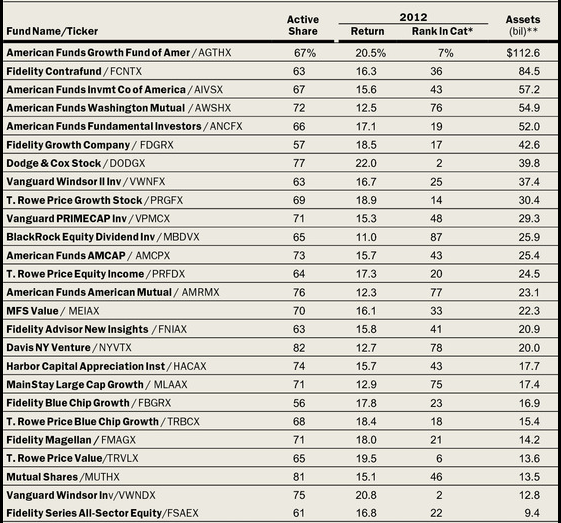
 – I will always put your best interests first.
– I will always put your best interests first.